|
In what ways do you think your society's traditions and beliefs have impacted your work as an artist? How different do you think your artwork would be if you had grown up in a different place in the world? Is there any celebration or tradition that you find particularly inspiring? As human beings, we will always carry with us a certain degree of influence from the countries we have lived in and the people we have lived with, especially during our formative years. I consider myself extremely lucky to have lived most of my life in a country that, not only has produced amazing artists of all kinds, but has a rich and unique culture full of color, symbolism and joy. Mexican Día de los Muertos or Day of the Dead has always been one of my favorite yearly celebrations and, this year, I decided to use it as inspiration for a few watercolor illustrations. In this post, I will explain a bit about this wonderful celebration and the story behind the well-known Catrina character. Also, I will show you step by step how I go about drawing a human skull and why it is so important to have, at least, a general understanding of the underlying bone structure when drawing a face. I've included a free downloadable PDF at the end for you to print if you wish to practice with it! : ) A Day to Honor the Dead and Celebrate Life The Day of the Dead is celebrated each year on the second of November, coinciding with Christianity's All Soul's Day. This important celebration is a mixture of both indigenous rituals and Christian beliefs. Way before the Spanish conquistadores arrived in Mexico, the native indigenous people living in the area already had ceremonies that revolved around death and the natural cycle of living things. Since prehistoric times, the Aztecs and other indigenous groups used human skulls in rituals to symbolize death and rebirth. When the Spanish arrived during the XV century, they were horrified by the pagan rituals they witnessed and later on sought to spread Catholicism amongst these people. Eventually, customs of the Spanish started mixing together with those of the different indigenous groups. On and around the second of November each year, Mexicans remember their deceased family members in a variety of ways. Graves are visited and decorated with flowers. Elaborate altares (shrines) are created in homes to invite the souls of the dead back into the world of the living. Also, beautiful parades are organized in which entire communities are invited to celebrate together. On this day, death, which is usually something that is feared and associated with negative emotions, turns into something joyful. Mexicans pay homage to death with both respect and humor, celebrating both the past and the present simultaneously. Even though the whole idea of inviting the dead to visit us, and celebrating death in general may seem like a pretty morbid idea, the point of this day is to understand that death is an eventual part of life and to use this as a reason to enjoy ourselves while we are still here. El Día de Muertos reminds us to not only be more appreciative of life moments but to take advantage of the time we have. The Day of the Dead and Halloween are often compared, but there is a fundamental difference between the two celebrations. Halloween or All Hallows’ Eve was a festival created to mark the end of harvest season and the beginning of the “dark half" of the year. It was thought that, on this day, the walls between our world and the spirit world became thin enough to allow ghosts to pass through and damage crops. Halloween focuses more on our fear of mortality and the spookiness of the unknown. On the other hand, the Day of the Dead is more about remembering loved ones who have passed away, celebrating their memories instead of mourning their loss. Instead of treating death as something dark and frightening, it is about seeing the positive aspects of the living cycle and laughing in the face of death. Shrine for the Dead and Symbolism of Objects When a family sets up an Altar de Muerto for a deceased loved one, there are certain things that have to be taken into account. Each object included symbolizes a particular element and the location of the objects within the shrine also has a meaning. Usually, an altar is made up of objects that call to the senses (sight, smell, taste, touch, and hearing). Because the objective of an altar de muerto is to lure the deceased back home, it usually includes objects specific to that person, so that he/she feels the desire to make the long and hard travel back from the underworld. Here is a general list of the things that are usually included in an Altar de Muerto: 1. Levels (steps): Altars usually are made up of two to seven levels. The lowest levels represent the underworld and the Earth, while the higher levels represent celestial dimensions. 2. Arch: An arch symbolizes the entry to the underworld and is adorned with flowers and fruits. 3. Symbols for natural elements: Papel picado, which consists of cutting intricate designs out of delicate and colorful paper, represents wind. A glass of water is placed to represent this element and also to calm the spirit's thirst after the long travel back home. Candles are placed throughout to represent fire and to help light the way back home. Finally, seeds and fruit are included to represent earth. 4. Variety of aromas: Prehispanic cultures used to burn a type of incense created from the resin of Copal trees in their rituals. The smoke and aroma produced from burning Copal was thought to purify environments and keep away evil spirits. People now-a-days use either Copal or other kinds of incense in their shrines. Other aromas are produced by herbal infusions and flowers like the Cempasúchil (Marigold). The Cempasúchil is a bright yellow flower commonly used to help guide the spirits back home through both sight and smell. 5. Food: It is common practice for the family of the deceased to prepare his/her favorite dishes to place on the altar. Typically, it is a Mexican dish like mole or tamales. Candies are also placed throughout the altar, which can vary from sugar skulls, chocolate and/or amaranth. Pan de Muerto , which is a special seasonal bread, is also included. This bread is made differently depending on what area of Mexico you are in, but the shapes created within it usually represent skulls and bones. 6. Salt: Salt is thought to purify the body and to strengthen the spirit when traveling to and from the underworld. 7. Personal belongings: Photographs and personal belongings of the deceased are usually placed somewhere within the central levels of the altar. Usually, family members choose to include specific favorite objects that will lure the deceased back home. 8. Religious symbols: Crosses and/or other religious symbols are usually placed on the higher levels of the shrine. It is common practice to include saint figures, virgins, and angels.
Who is Catrina?
The original Catrina character was created by José Guadalupe Posada, a Mexican illustrator, printmaker and engraver, and was called “La Calavera Catrina" or “Elegant Skull". However, it was made popular later on by artist Diego Rivera in his mural Sueño de una Tarde Dominical en la Alameda Central (Dream of a Sunday Afternoon Along Central Alameda), completed in the historic center of Mexico City in 1947. Even though Posada and Rivera created these artworks at different moments in history, they both used this character as a symbol to transmit social and political messages to the public during times of transition in the country. In Posada's time, it was common to see skeleton characters in newspaper illustrations humorously critizising both the actions of politicians as well as the hypocrisy found within Mexican people as the blood and social ranks of the Europeans and indigenous mixed. Posada stated once: “La muerte es democrática, ya que a fin de cuentas, güera, morena, rica o pobre, toda la gente acaba siendo calavera.” / "Death shows a sense of democracy because, at the end, blonde, dark-skinned, rich or poor, everyone ends up being a skull.” Over time, Catrina stopped being as political and became an important Mexican symbol representing death. Today, she is known all over the world and is widely used during Day of the Dead celebrations at parades. All sorts of artworks are created by Mexican artisans that specialize in this subject year-long. Many tie Catrina to the the Aztec's Goddess of Death Mictecacihuatl, who was considered the keeper of the bones in the underworld. This goddess was a vital part of the Aztec's month-long festivals honoring the dead. However, Catrina differs greatly from the serious Mictecacihuatl and the bloody rituals of the prehistoric peoples. This character is always smiling, dressed in colorful clothes and is unmistakably humorous.
Shop Catrina posters, framed prints, stickers and more at my Redbubble shop!
How to Draw a Human Skull
Practicing drawing the human skull is very useful for beginner artists that are starting to draw faces. By understanding the underlying bone structure of a face, we are able to better understand proportions and locations for facial elements within the head, as well as forms and planes that will give a drawing a sense of three-dimensionality. I really recommend finding a good picture of a skull and studying its form. This will help you discern where shadow and light naturally falls within the face and your drawings will be much more effective and realistic. Use the steps below to create an outline drawing of a skull. Once you have this down, step up the challenge by searching for a good picture of a real skull online and try placing shadows, lights and midtones in the areas you see fit. Remember I have the downloadable PDF at the bottom for you to print out and use!
Are there any particular celebrations or traditions in your culture that you feel you draw a lot of inspiration from for your art? How do you feel your culture impacts your artwork and what you want to transmit with it to others? Let's have a discussion in the comments below!
4 Comments
Ana
11/3/2017 11:56:44 am
Muchas felicidades Erika por tu artículo de Día de Muertos!, sumamente completo y muy interesante de una de nuestras más importantes tradiciones mexicanas, me encantó 😍😍😍
Reply
Erika Lancaster
11/3/2017 02:31:10 pm
¡¡Muchas gracias por visitar y leer!! :) Qué bueno que te gustó.
Reply
Catherine Raper
7/23/2022 10:27:45 am
Thanks for such an informative post. :)
Reply
7/27/2022 12:38:35 pm
Hey, Catherine!
Reply
Leave a Reply. |

www.erikalancaster.com
is a participant in the Amazon Services LLC Associates Program, an affiliate advertising program designed to provide a means for sites to earn advertising fees by advertising and linking to amazon.com. www.erikalancaster.com is a participant in the Shareasale.com Affiliate Program, an affiliate advertising program designed to provide a means for sites to earn advertising fees by advertising and linking to Shareasale.com partner companies. |
||||||

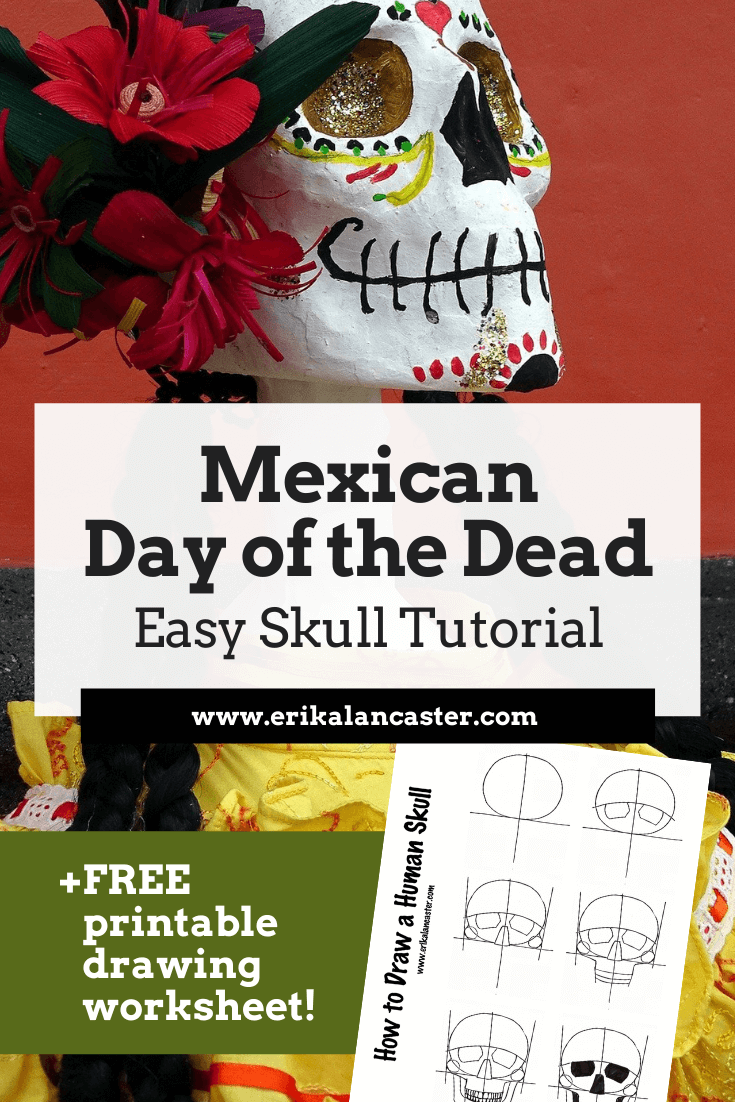
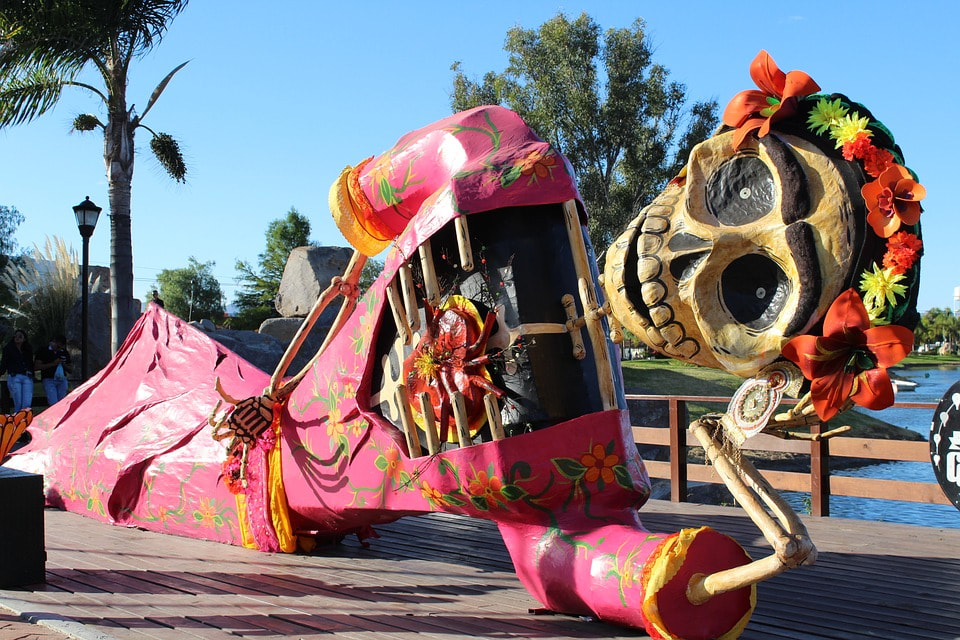
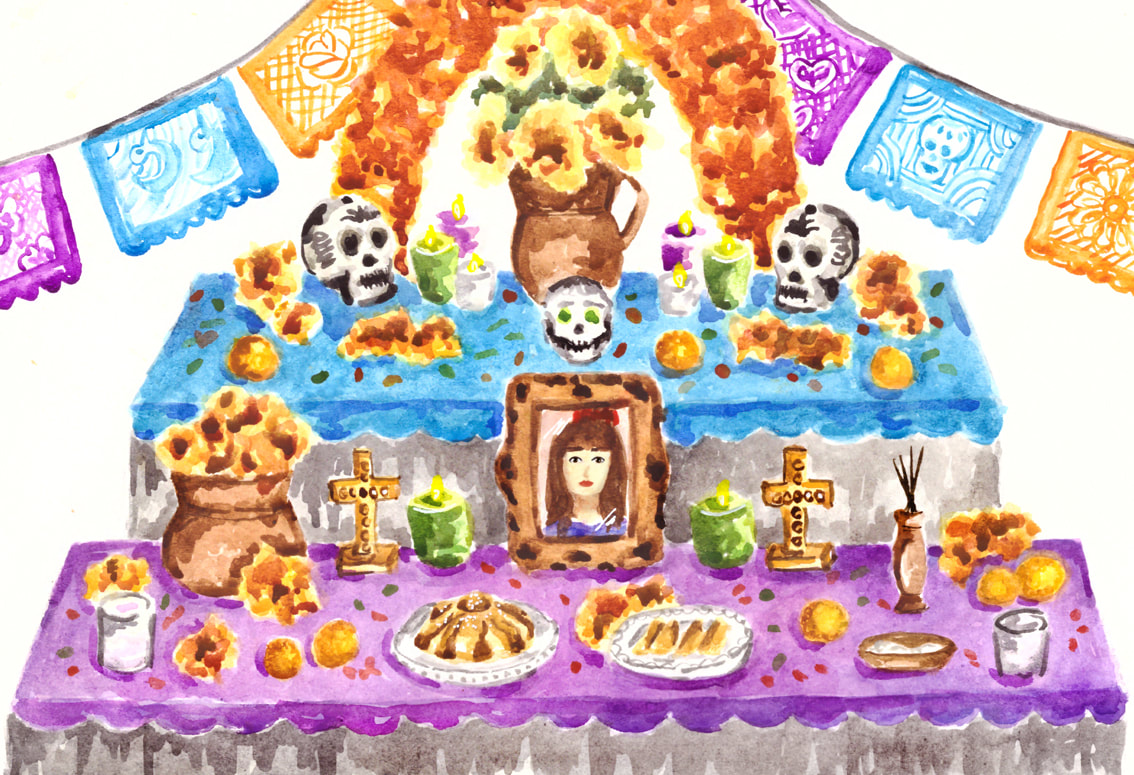
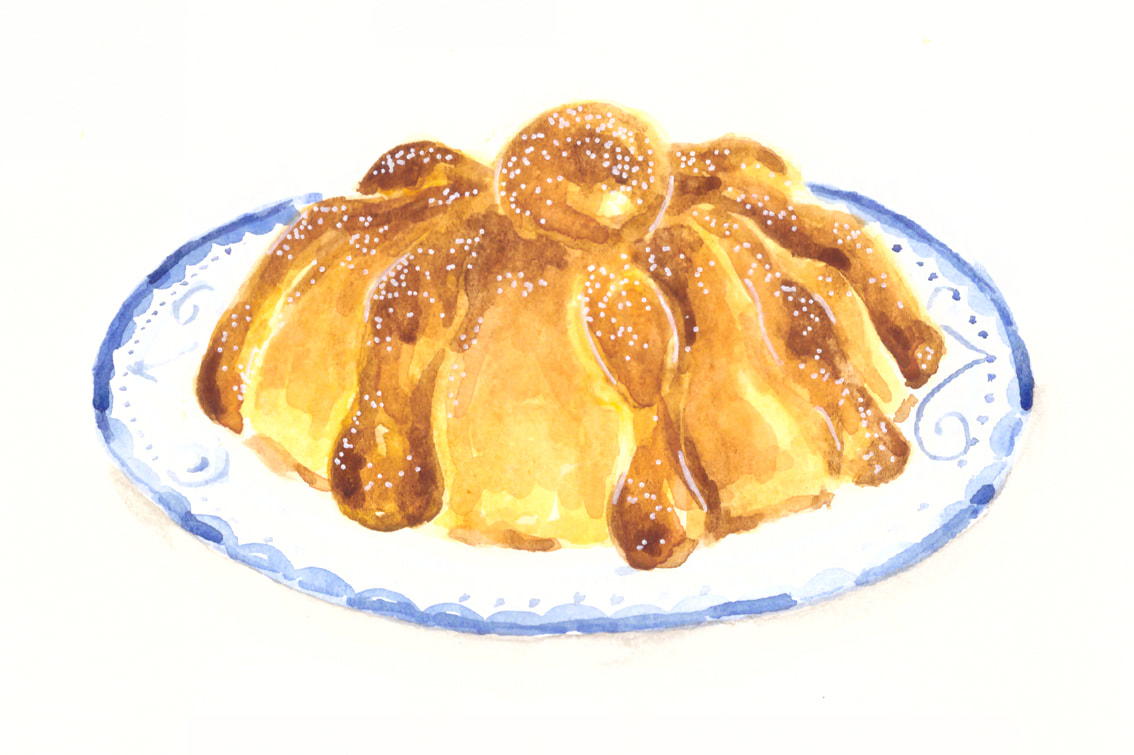
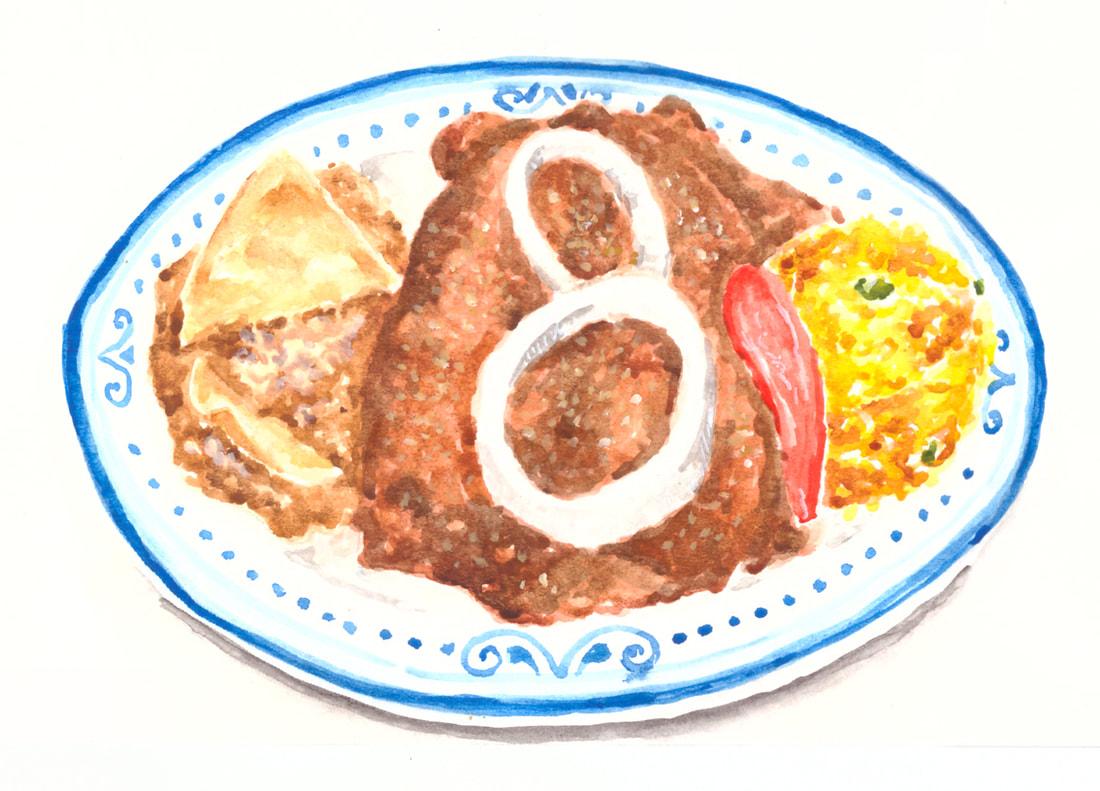
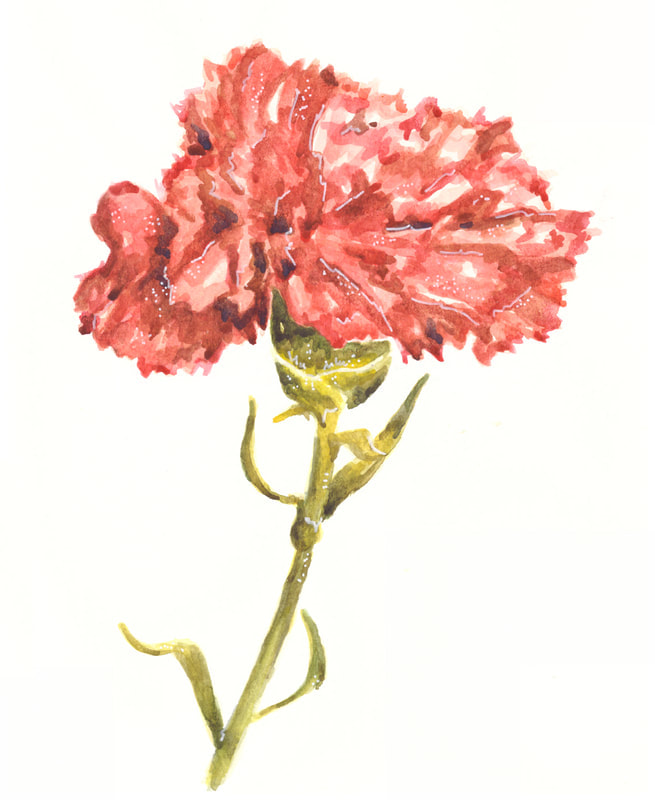

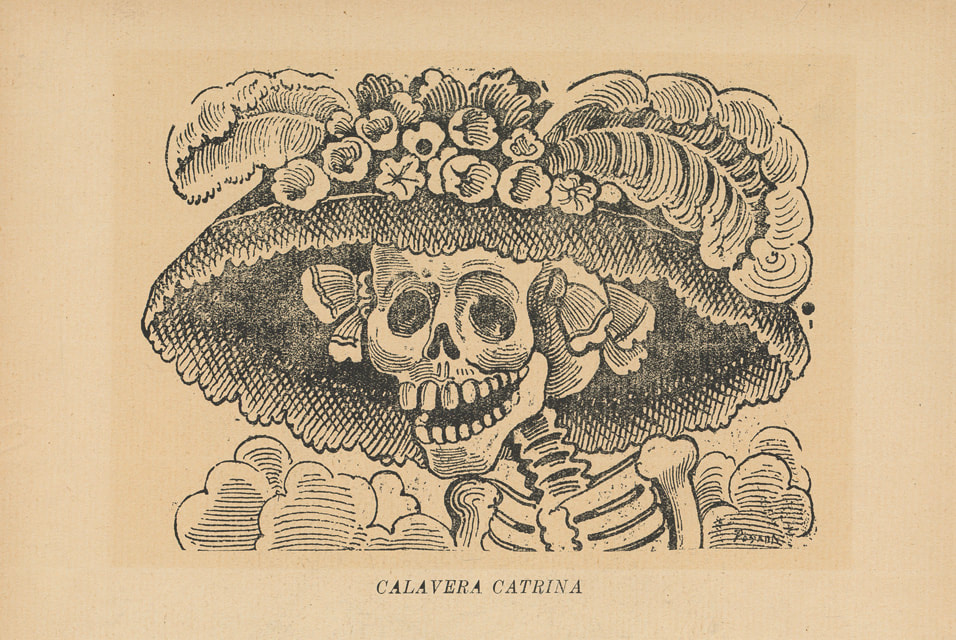
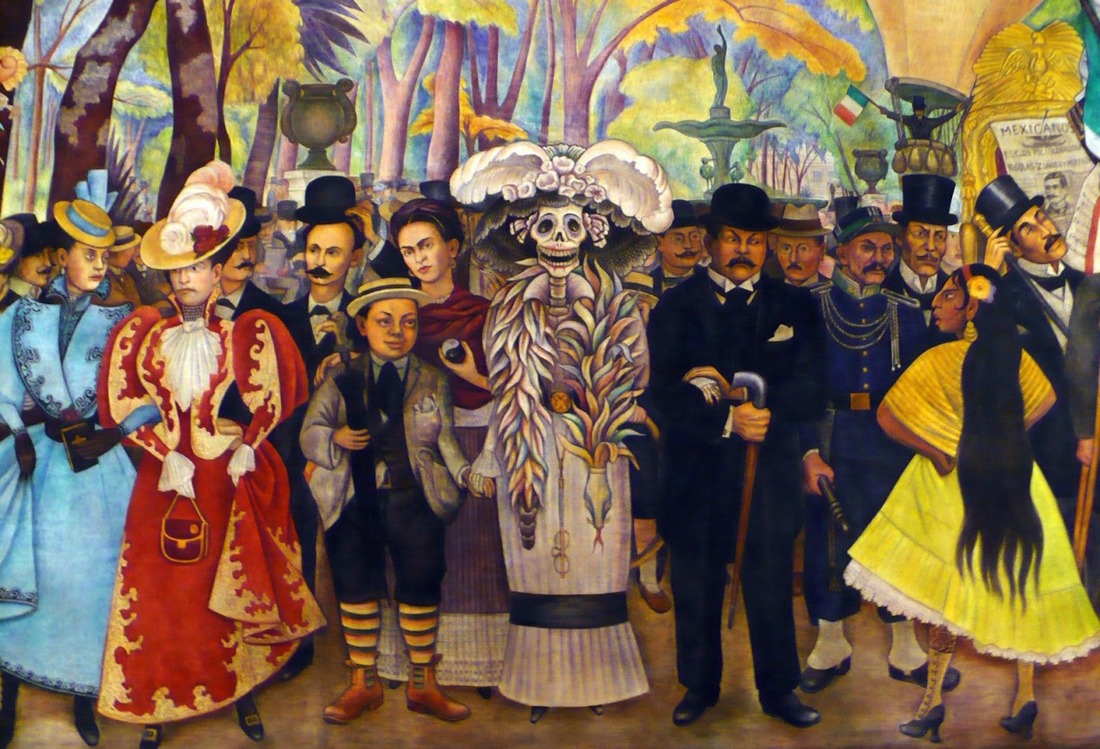
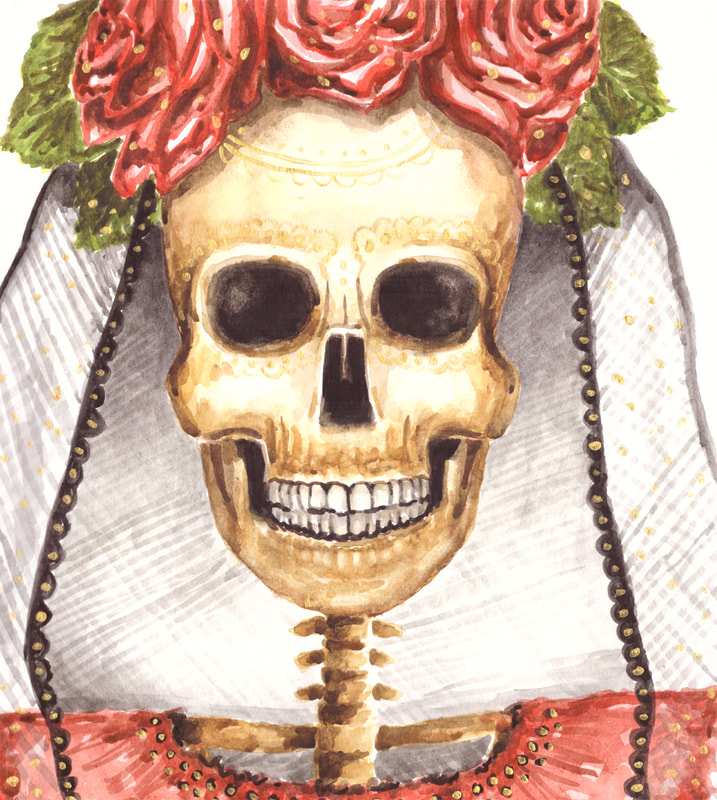
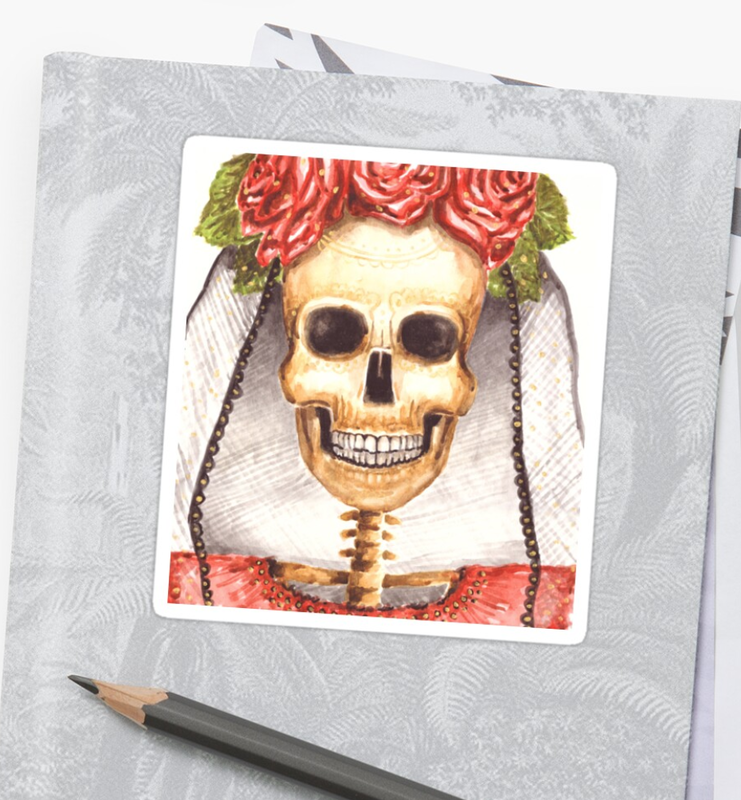
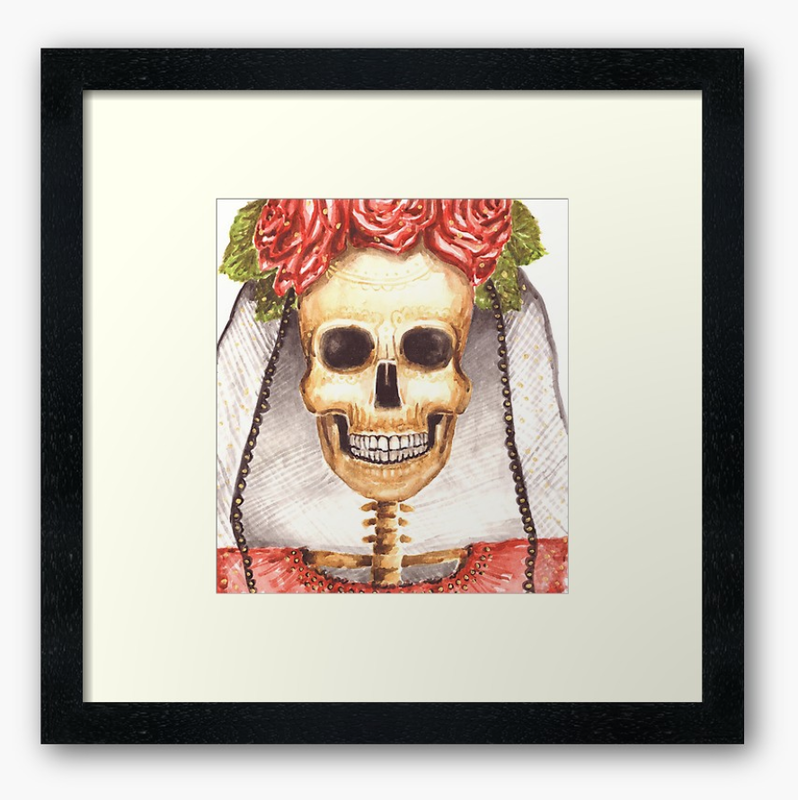
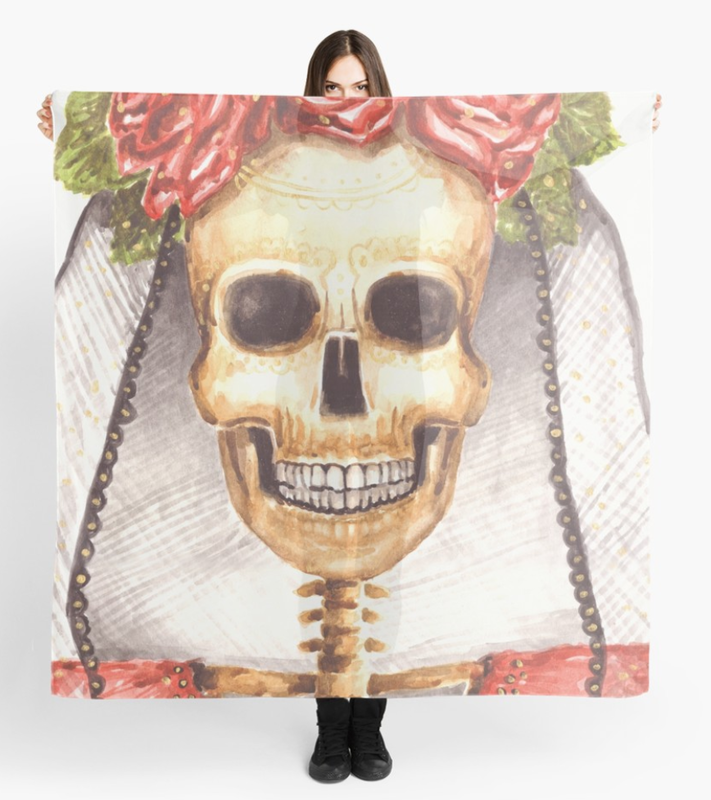
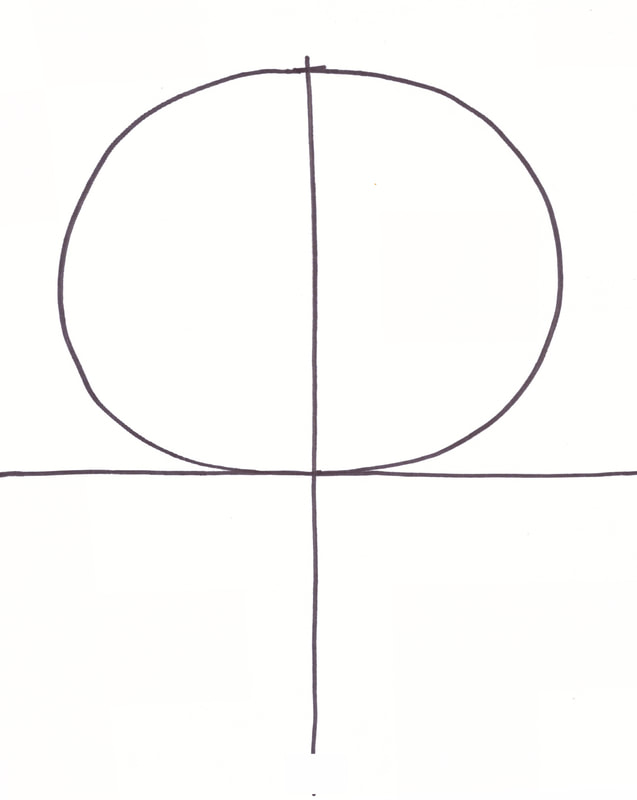
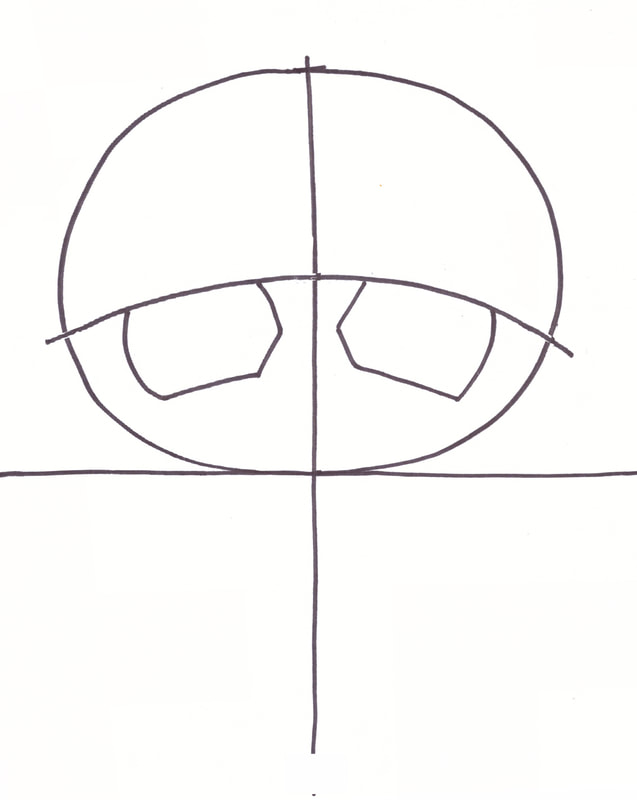
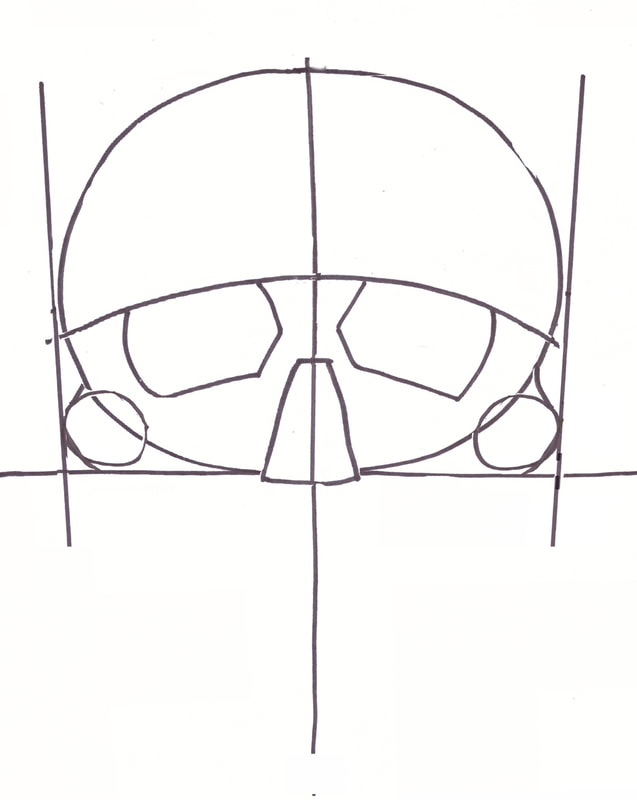
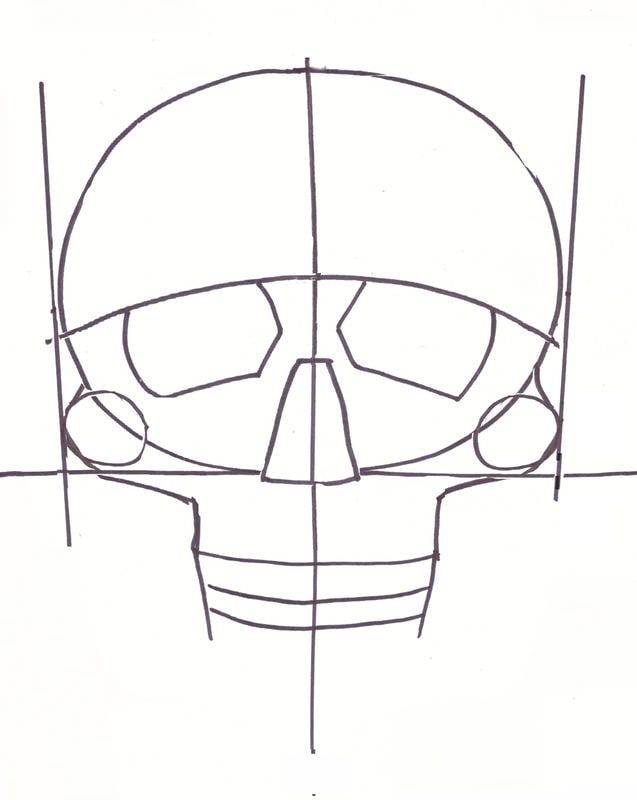
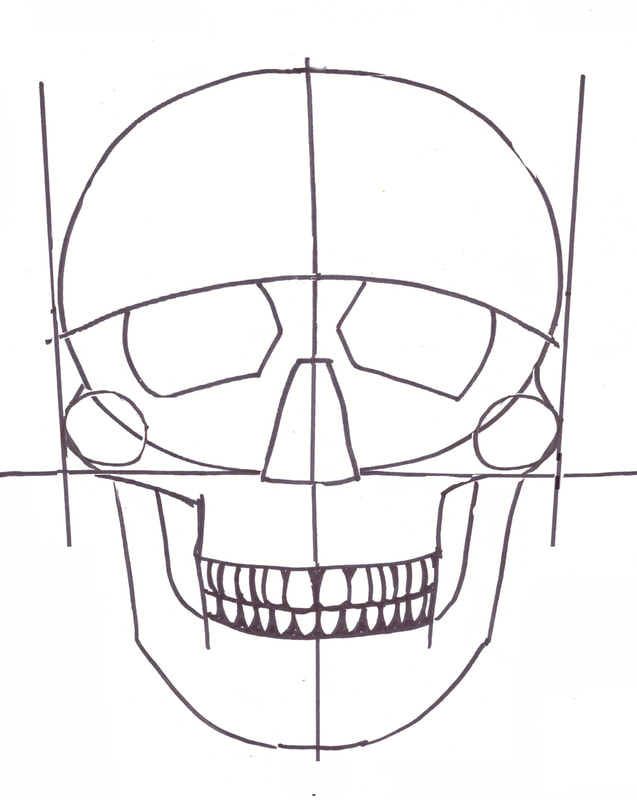
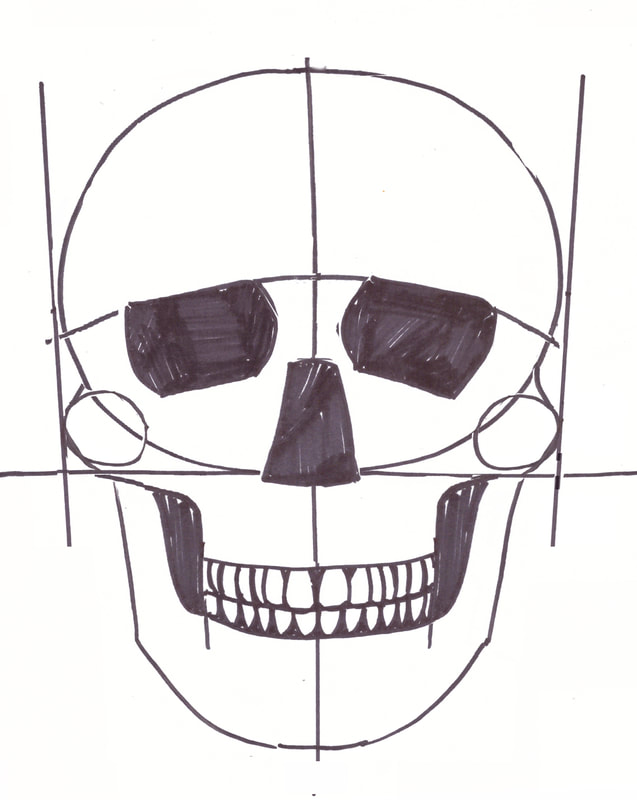

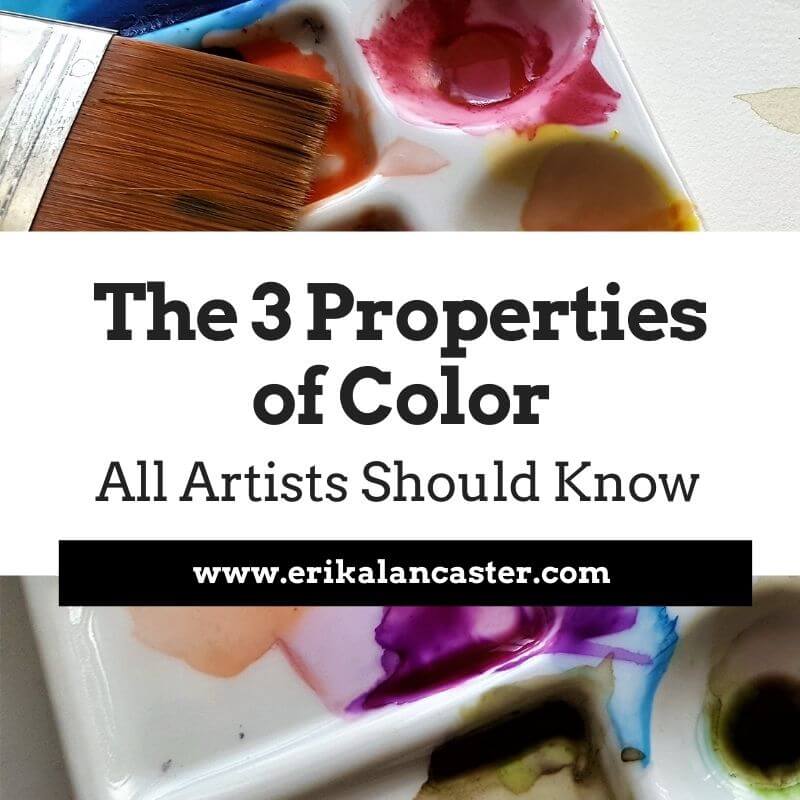





 RSS Feed
RSS Feed

